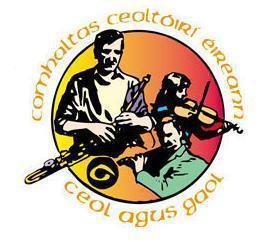
The Pogues’ pugnacious punk frontman may well be the last inheritor of the wayward spailpín singers. Throughout its history, Ireland has found figures to express its dreams and torments, or at least its boisterous fighting spirits. Mid-19th-century Ireland found such figure in James Clarence Mangan. Mid-20th century Ireland discovered a few such figures in Patrick Kavanagh, Brendan Behan, and Luke Kelly. In Shane Patrick Lysaght MacGowan, a native of Puckane, a village in County Tipperary, Ireland found a late 20th-century inheritor to this wayward legacy.
Ever since planter colonialism beat down the haughty, aristocratic-minded bards, Ireland has maintained a consistent subaltern tradition of poets and singers. The tributaries that fed into this tradition, which for lack of a better term, might be called a spailpín culture, ranged from sean nós and folk ballads to music hall and dancehall fare. Songs of hard labor and hard living, of wandering and exile, resentment, and loss emerged from this culture, nurtured by two languages to form part of the musical repertoire.

Shane MacGowan came of age in 1970s England when the rock world, no stranger to its own forms of dissolution, was being convulsed by punk, a raucous, aggressively atonal anti-musical genre that gave the finger not just to the soppy pop of the mainstream culture industry but to all bombastic stadium rock. Out of the merging of these two unlikely patrimonies was born the legend of The Pogues. If Riverdance announced the birth of a slick and synchronized new 21st-century neoliberal, post-nationalist Ireland, was it the fate of The Pogues, and specifically MacGowan, to be the last of the spailpíns, the tail-end of a tradition stretching back to Eoghan Rua and Cathal Buí?
Read on in the article “Shane MacGowan: The tail-end of a great Irish tradition?” by Joe Cleary (The Irish times [13 January 2017]). Find it in RILM Abstracts.
Below, MacGowan and The Pogues perform with The Dubliners an epic version of The Irish rover.





